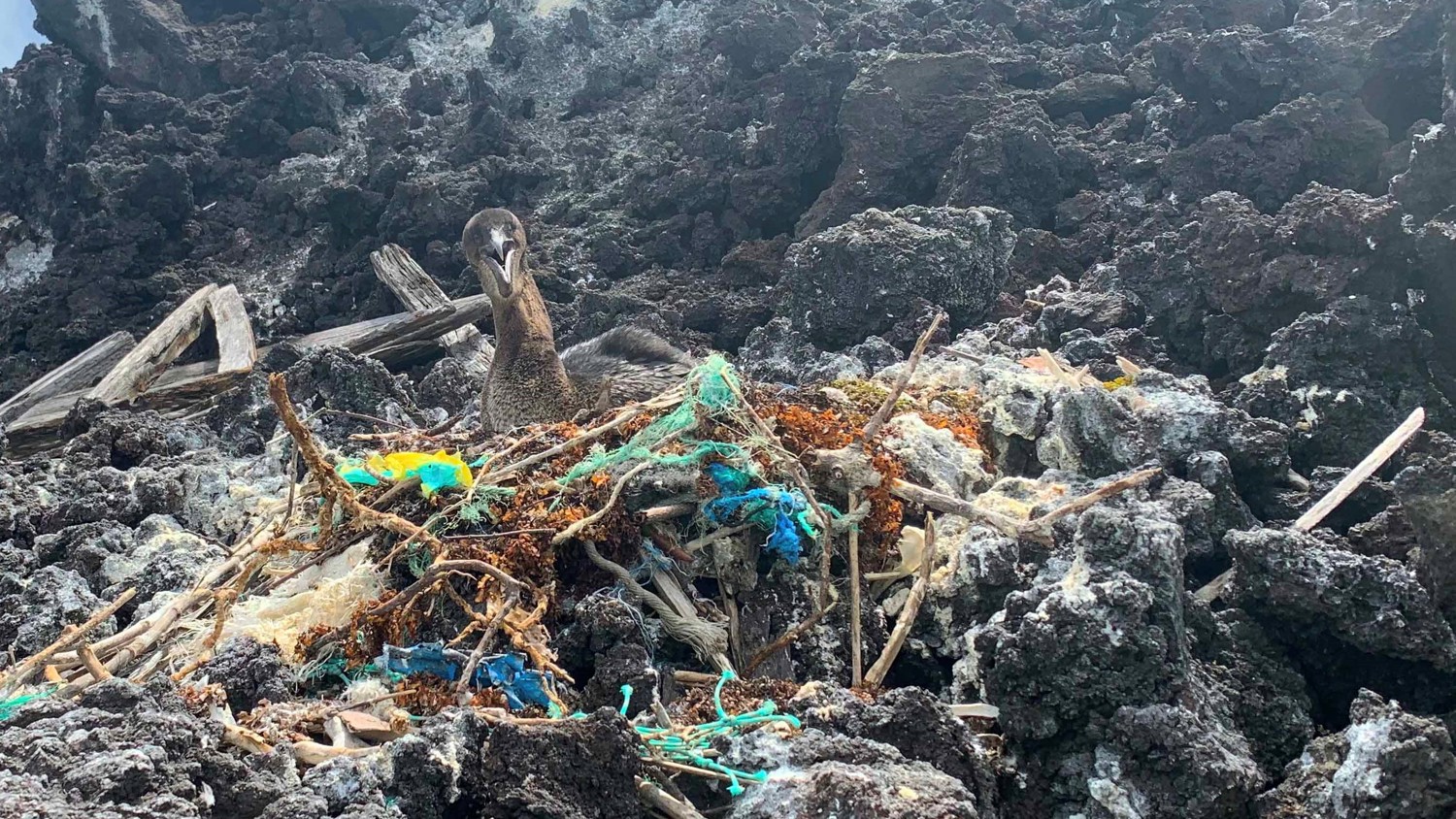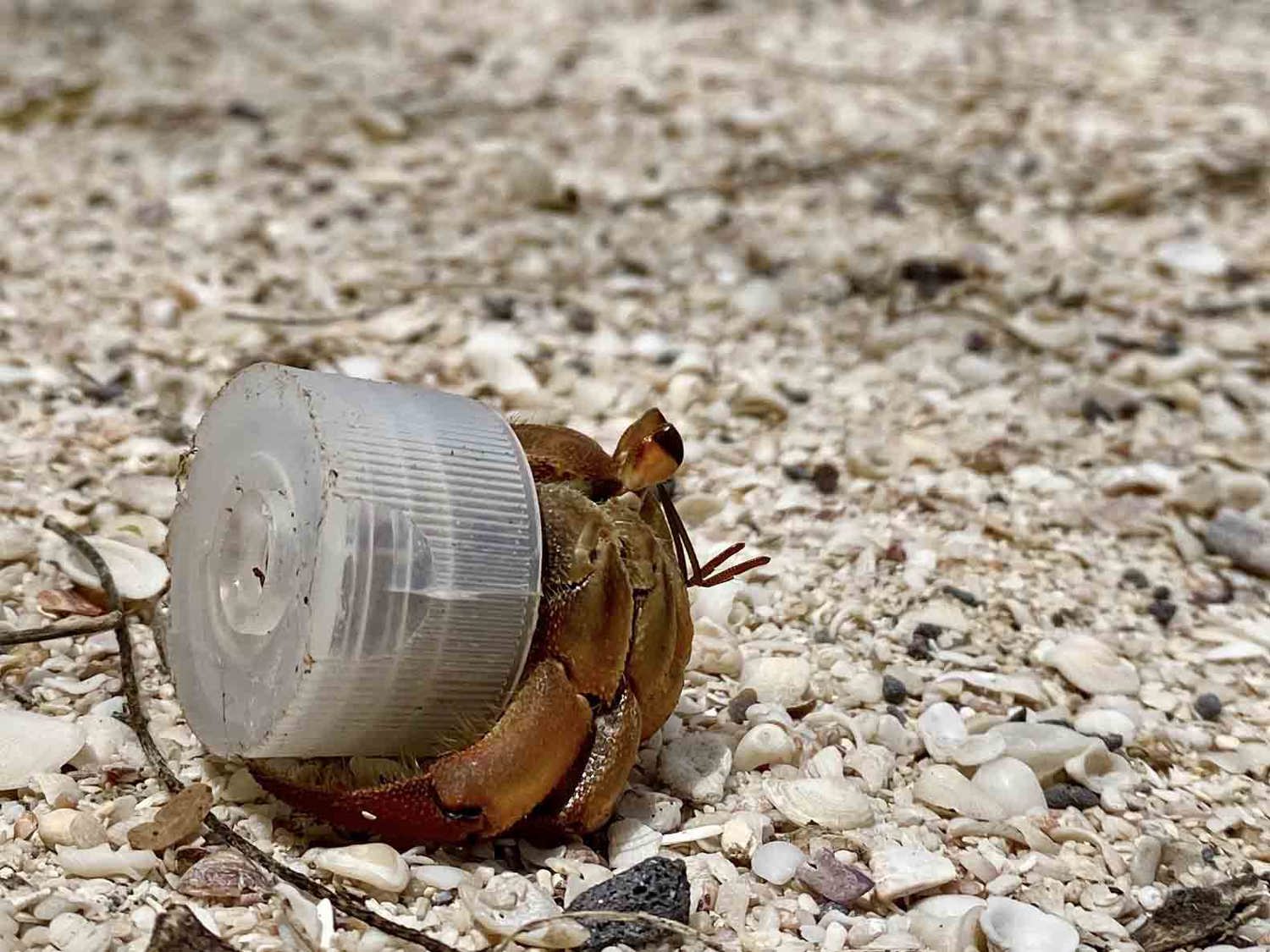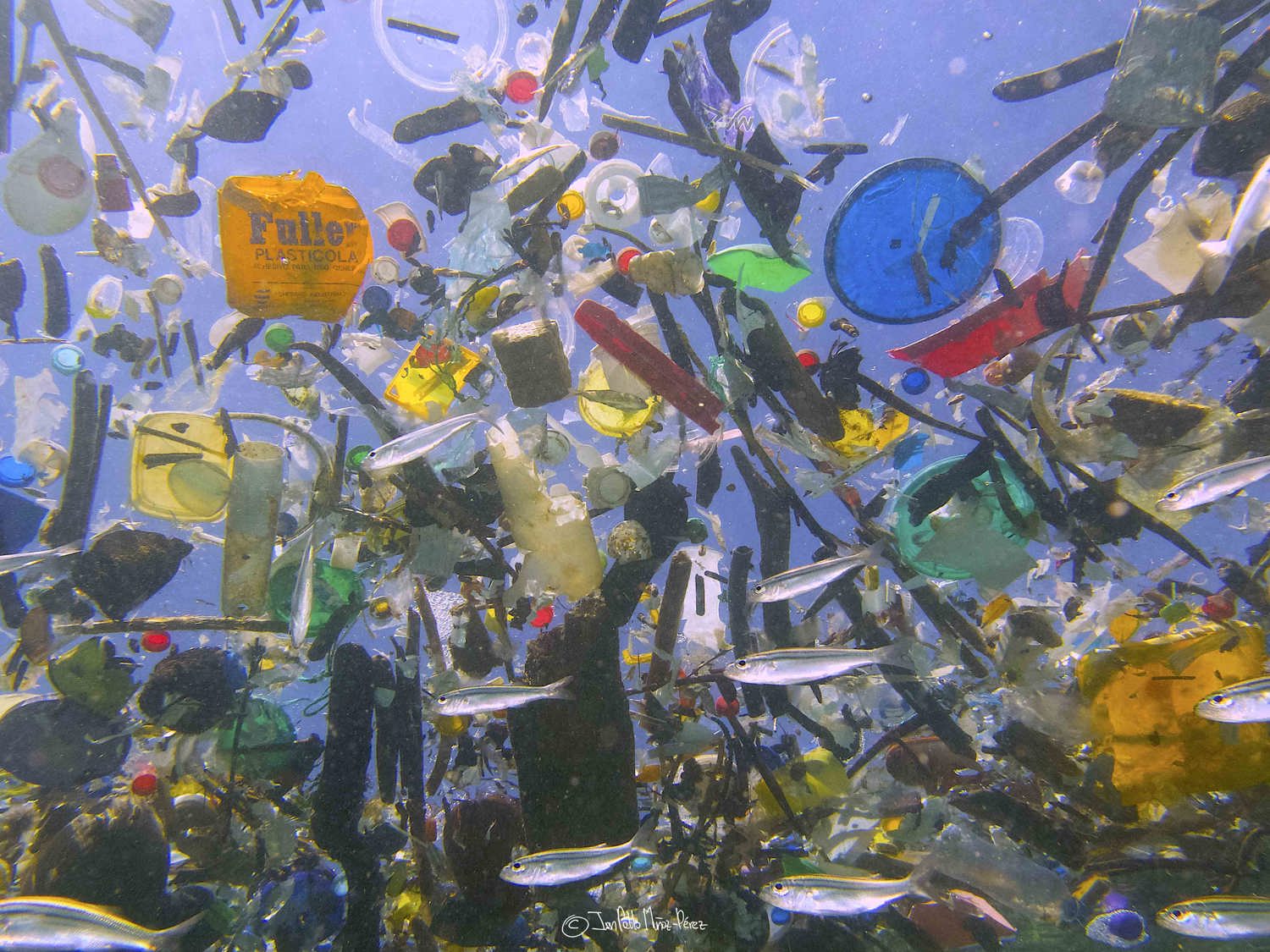It is one of most pristine and protected places in the world, but new research has revealed the alarming extent of plastic pollution in the Galápagos archipelago and the harm it poses to its rare and endangered animals.

The Galápagos giant tortoise, Galápagos sea lion, Galápagos marine iguana and the Green Sea turtle are the species at greatest threat from ingesting or becoming entangled with plastic debris, according to the University of the Sunshine Coast study published in the science journal Frontiers in Sustainability.
The collaborative study is the first comprehensive assessment to quantify and map the magnitude and risks of plastic pollution within the famous archipelago that inspired naturalist Charles Darwin’s theory of natural selection.
“We’ve confirmed 52 species, 20 endemic to the region, are being impacted by plastic debris,” said lead author Juan Pablo Muñoz-Pérez, who has spent more than two decades researching and living among the unusual animals of the Galápagos Islands, many found nowhere else on earth.
Around 80 scientists collected photographic and video evidence of Galápagos wildlife interacting with rubbish for the study.
"We also harnessed the power of citizen science to give a real picture of the extent of this global problem,” Mr Muñoz-Pérez said.
Captured among those images and videos shared by residents, park rangers, nature guides and tourists was the land tortoise – one of most iconic species of the Galápagos – seen regularly consuming and becoming entangled in plastic debris.
The study also used surveys of macroplastics on island beaches, drones to identify garbage distribution, and sampling of microplastics in seawater, sand and sediments to establish a baseline of plastic pollution in the Pacific Ocean archipelago, almost 1000km west of mainland Ecuador.
“The Galápagos is considered to be one of the most untouched natural wonders of the world and yet rubbish is washing up on every one of its 13 major islands, including those that are isolated and uninhabited," Mr Muñoz-Pérez said,
“There were photos of rare flightless cormorants building nests with rubbish and a sea lion playing with a disposable face mask.”
Mr Muñoz-Pérez, who is completing the research as part of doctoral studies at UniSC, said macroplastics were found on all 20 remote off-limits shorelines we surveyed, even the most inaccessible. Hard plastic fragments were the most common type of debris, followed by fishing-related waste.
“Most of this rubbish is being washed by ocean currents onto shorelines with much higher levels of debris on windward sides of islands.”
The study determined that Perú, China, and Ecuador were the main countries of origin for the oceanic rubbish.

“More research is needed to determine if the debris with Chinese markings is potentially coming from large fishing fleets surrounding the Galápagos marine reserve, which spend at least two years at sea without anyone knowing for certain how they manage their waste,” Mr Muñoz-Pérez said.
UniSC Associate Professor Kathy Townsend, who leads global research into marine pollution, said the study demonstrated that the Galápagos Marine Reserve was no exception to the global plastic pollution crisis.
“Each year, millions of tonnes of rubbish enter the world’s oceans with the impacts now threatening the endemic wildlife of the Galápagos archipelago, species that are of critical global importance,” she said.
“As part of this study, we generated a threat assessment based on the dangers and potential risks posed by plastic debris exposure, allowing us to identify and rank the most at-risk species.”
Green sea turtles, marine iguanas, whale sharks, medium-ground finches, Galápagos flightless cormorant and spine-tail mobula fish were found to be facing the greatest threat of serious harm from entanglement.
When it comes to ingesting plastics, the Santa Cruz tortoise, green sea turtle and Galápagos marine iguana – the world’s only marine lizard, are most in danger.
Dr Townsend said that now the extent of the problem had been established, the next step involved conducting general health tests on key species and measuring the levels of plastics-related toxics in their blood and tissues.
“Plastics are everywhere. In the air, in our food, in the water, in our blood. The health impact of plastic pollution is the next big question to answer."
The Galápagos Islands have a relatively small human population, strict immigration laws, and a unique system of nature protection.
“As a result, the archipelago provides the opportunity to serve as a 'social and natural laboratory' to generate data for solving the complex global socio-ecological issue of plastic pollution,” Dr Townsend said.
“Our research indicates that plastic pollution is an ongoing, pervasive risk to the Galápagos archipelago and that additional work is necessary to mitigate its impact now and into the future.
“This it is not restricted to this region. Global solutions must be implemented to alleviate this international crisis.
“It very difficult to live plastic-free nowadays. However, we can all definitely try to live with less single-use plastics. Seven billion people trying is going to make a difference.”
The study is one of many research projects that UniSC is involved with as a member of the International Galapagos Science Consortium, a group of institutions dedicated to studying and preserving the archipelago through collaborative, interdisciplinary research.
Media enquiries: Please contact the Media Team media@usc.edu.au



